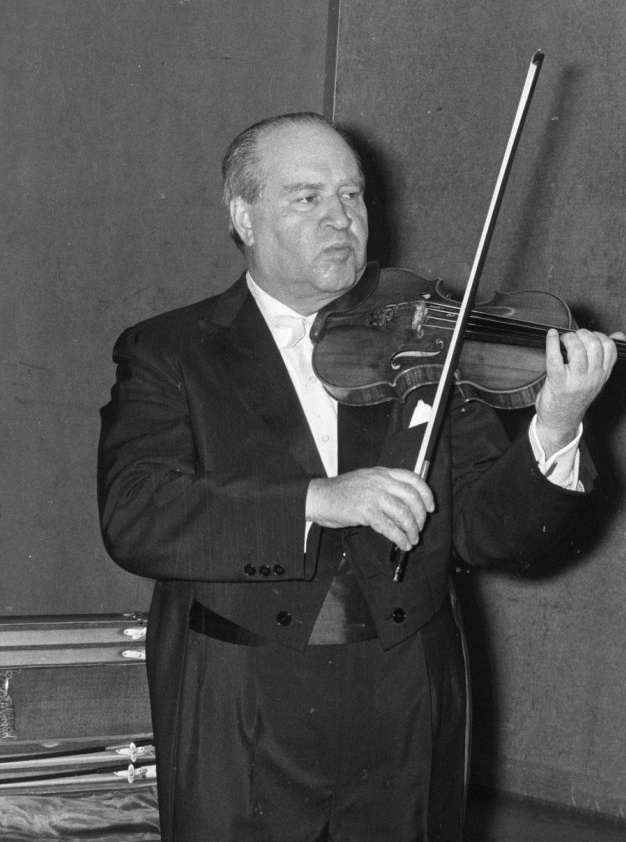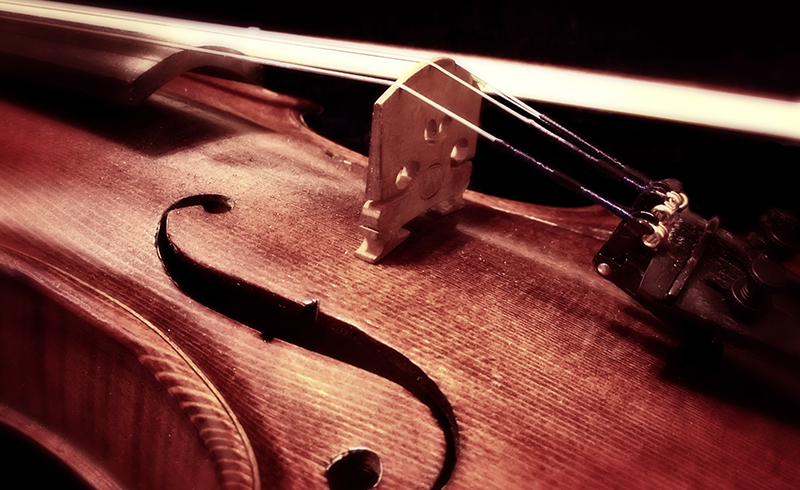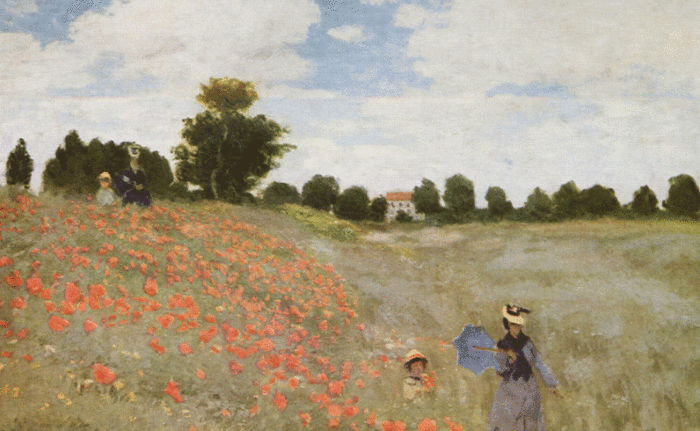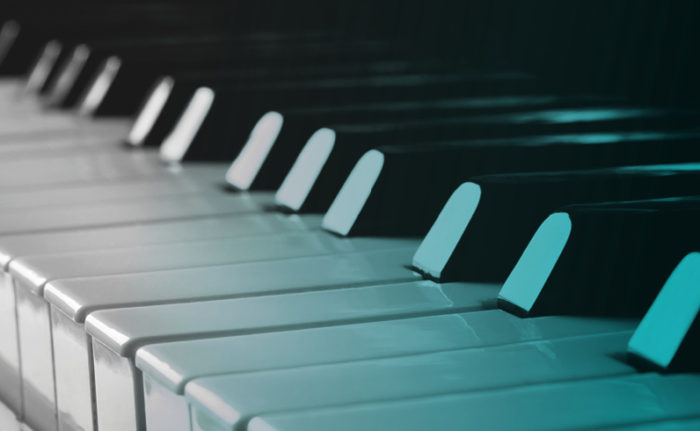On January 17, 18, and 19, the Houston Symphony presents Tchaikovsky’s “Pathétique,” a program of soulful works by Tchaikovsky, Shostakovich, and contemporary Finnish composer Outi Tarkiainen. In this post, discover Shostakovich’s masterful Violin Concerto No. 2, an understated yet profound work written for the great David Oistrakh.

Shostakovich’s Second Violin Concerto is a late work, dating from the spring of 1967, when the composer was 60 years old. By this point, years of tobacco, alcohol, and state sponsored terror had taken a toll on Shostakovich; he had suffered his first heart attack the year before, the night after his final public performance as a pianist. Even before the heart attack, he had suffered from health problems that made it difficult to play the piano. His sarcastic response to his doctors’ prescriptions exemplifies the composer’s sense of humor:
“In the long run, the facts that I am unable to play the piano and can climb stairs only with colossal difficulty are insignificant. One is not obliged to play the piano and there is no need to climb stairs. One should sit at home, no need to gad about staircases, let alone slippery sidewalks. How true: just yesterday I went for a walk, fell down and banged up my knee. If I had been sitting at home, nothing of the sort would have occurred.”
Shostakovich’s physical symptoms were accompanied by composer’s block and self-doubt, but nevertheless he confessed that “the composition of music—an affliction in the nature of a disease—haunts me.” At last he broke his silence with a set of songs on poems by Alexander Blok in February 1967. He attributed his breakthrough to a shot of forbidden brandy he snuck while his wife was out of the house.
His spirits revived, the concerto followed soon after. Like Shostakovich’s First Violin Concerto, this work was written for and dedicated to the great violinist David Oistrakh. Interestingly, the horn frequently acts as a second, shadow soloist, playing melodic material at significant moments. Throughout, the work has a reflective tone and an almost classical restraint that belie the powerful emotions that flow beneath its surface.
The Music
This classicism is also reflected in the concerto’s form. The first movement is based on two contrasting themes, which are both contrapuntal in nature: each one is a conversation of sorts between two concurrent melodic ideas. The first theme is a dialogue between the rocking figures of the low strings and the soloist’s darkly ruminative melody:
After an intense transition, the second emerges as an uneasy, staccato theme high in the woodwinds that alternates with the soloist’s commentary.
The second theme imperceptibly morphs into an emotional development, which distorts the main themes above the violent beat of the tom-tom drum. All at once, the orchestra stops, and the violin is left in isolation for a cadenza, an extended, unaccompanied passage for the soloist. This cadenza doubles as the reprise of the first theme as the soloist gives voice to both of its ideas simultaneously. The theme continues as a horn solo when the orchestra reenters, and after the return of the second theme, the movement fades away to the sound of the tom-tom.
The slow second movement begins with an unadorned melody for violin, reminiscent of baroque music in its austerity. The flute introduces a complementary idea, which is developed until the austere opening theme returns in the cellos and basses, initiating an intense crescendo. This passage arrives at a contrasting middle section, which begins with a fragile melody for the violin. This interlude ends with a tense, cadenza-like passage for the violin and timpani. After the orchestra reenters with tense, tremolo strings, a varied reprise of the opening section follows, ending with the main melody as a horn solo. This horn solo, however, crescendos to a warm, glowing conclusion.
The Adagio goes straight into the finale via a solo from the violin, who soon gets into an argument with some rather aggressive-sounding muted horns. The soloist seems to sidestep this confrontation with the main theme of the movement, a nervous fiddle-tune punctuated by grotesque shouts from high and low woodwinds. This dancing main theme alternates with contrasting episodes, including a virtuoso cadenza for the soloist. The movement then rushes to its end, when it is decisively silenced by the timpani.
Don’t miss Tchaikovsky’s “Pathétique” on January 17, 18, and 19! Learn more & get tickets.



